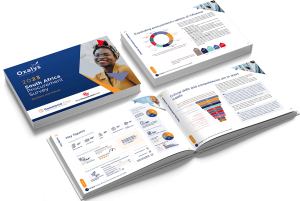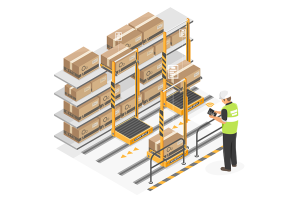Procure-to-pay (P2P), sourcing, contract management and other automation engines will be essential in 2020; they will be integrated up and down supply chains, fully adopted, providing full transparency and real-time insight. This is the consensus among Procurement Executives who responded to an Ariba survey on Procurement in 2020.
As Debbie Manos-McHenry, Chief Sourcing Officer for Huntington National Bank, envisions it:
• “Procure-to-pay systems will be open architecture, web-based, and able to interface with many systems within an enterprise and among its supply base;
• Routine purchase transactions will be done by end-users with little to no involvement from sourcing; systems will enforce appropriate compliance, workflow, and rules;
• Contract management and administration will be highly automated, using templates and collaborative tools in traditional red-lining of agreements between buyers and sellers;
• Workflow will enable end users to produce agreements that meet minimum criteria while exceptions will be escalated to sourcing; and
• Risk evaluation and assessment will be built into systems and processes (versus being ad hoc activities).”
“Managing purchase orders and invoices will be fully automated by 2020, even in the least developed companies,” agrees Javier Urioste, former CPO with several non-IT organizations. “So, too will processes for competitive sourcing and contracting. There will be certain exceptions, but, in general, all non-strategic, highly critical elements of the sourcing process can and should be automated.”
Roy Anderson, VP Procurement Services, Metasys Technologies, who has made a career of automating procurement, sourcing and supply chain operations in both manufacturing and services environments, agrees emphatically: “For the portion of the supply base that is not critical, procurement will put automation engines into place, get them working properly, and then get out of the way. Buying will be completely decentralized to the people who need goods and services.”
Where it makes sense, Anderson says, items will be available in catalogues. But other situations may require access to markets for real-time competitive bids. “End users will execute their own bids. Procurement’s role will be to set the automation engines up, then monitor and manage to make sure they continue to run.”
And while he believes there will always be value in procurement seeking creative ways to manage noncritical spending categories, Anderson expects that efforts in those directions will be “kept in perspective.”
The information in this article was sourced from the report ‘VISION 2020 Ideas for Procurement in 2020 by Industry-Leading Procurement Executives’.


























